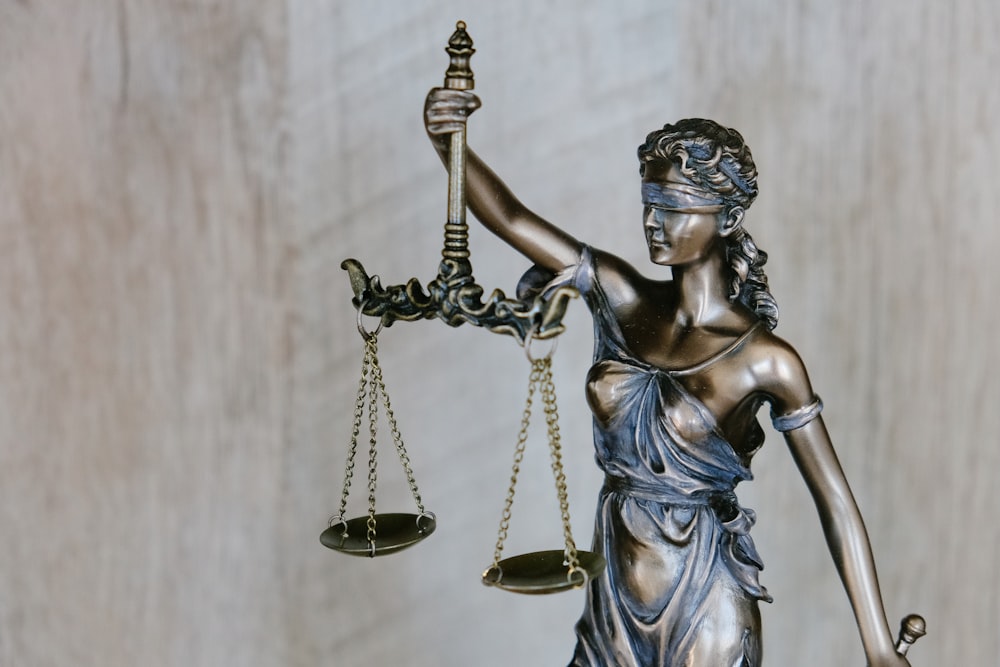
Maximizing Legal Audits: Strategies for Compliance
Understanding Legal Audits
Legal audits are an essential aspect of corporate governance, ensuring that businesses adhere to laws, regulations, and industry standards. These audits involve comprehensive assessments of various aspects of an organization’s operations, including compliance with legal requirements, contractual obligations, and internal policies. Understanding the purpose and process of legal audits is crucial for businesses to mitigate risks and maintain compliance.
The Importance of Legal Audits
Legal audits play a vital role in identifying potential legal risks and vulnerabilities that may pose threats to an organization’s operations, reputation, and financial well-being. By conducting regular legal audits, businesses can proactively identify areas for improvement, implement corrective measures, and demonstrate due diligence to stakeholders, including investors, regulators, and customers. Moreover, legal audits help organizations stay abreast of regulatory changes and industry best practices, ensuring ongoing compliance with evolving legal requirements.
Scope of Legal Audits
Legal audits cover a wide range of areas, including regulatory compliance, contractual agreements, intellectual property rights, employment practices, data privacy, and environmental regulations, among others. Depending on the nature of the business and industry sector, legal audits may focus on specific areas of concern or encompass a comprehensive review of all legal-related matters. The scope of legal audits should be tailored to the unique needs and priorities of the organization, taking into account relevant legal requirements and industry standards.
Preparing for Legal Audits
Preparing for legal audits involves several key steps, including conducting internal assessments, gathering relevant documentation, and engaging with legal counsel and compliance professionals. Organizations should develop a comprehensive audit plan outlining the objectives, scope, and methodologies for the audit process. This plan should include timelines, responsibilities, and resources needed to conduct the audit effectively. Moreover, organizations should ensure that key stakeholders are aware of the audit process and their roles in facilitating the audit.
Conducting Legal Audits
During the audit process, auditors typically review relevant documents, policies, procedures, and practices to assess compliance with legal requirements. They may conduct interviews with key personnel, perform site visits, and analyze data to identify any areas of non-compliance or potential risks. Auditors may also compare current practices against industry standards and best practices to identify opportunities for improvement. Throughout the audit process, organizations should maintain open communication with auditors, address any concerns or questions promptly, and provide access to necessary information and resources.
Analyzing Audit Findings
Once the audit is complete, auditors compile their findings and observations into a comprehensive report detailing areas of compliance, non-compliance, and potential risks. Organizations should carefully review the audit report, prioritize findings based on severity and significance, and develop action plans to address identified deficiencies and mitigate risks. This may involve implementing new policies or procedures, enhancing existing controls, providing additional training to employees, or seeking legal advice to address complex issues.
Implementing Corrective Measures
Implementing corrective measures is essential for addressing findings from legal audits and ensuring ongoing compliance with legal requirements. Organizations should allocate resources, assign responsibilities, and establish timelines for implementing corrective actions identified in the audit report. Moreover, organizations should monitor progress, track outcomes, and periodically review and update their compliance efforts to maintain effectiveness over time.
Maintaining Ongoing Compliance
Legal audits are not a one-time event but rather an ongoing process that requires continuous monitoring, review, and improvement. Organizations should establish mechanisms for monitoring compliance on an ongoing basis, such as regular internal audits, compliance reviews, and risk assessments. Additionally, organizations should stay abreast of regulatory changes, industry trends, and emerging risks, adapting their compliance efforts accordingly. By maintaining a proactive approach to compliance, organizations can mitigate legal risks, protect their interests, and uphold their reputation in an increasingly complex regulatory environment. Read more about Legal audits






